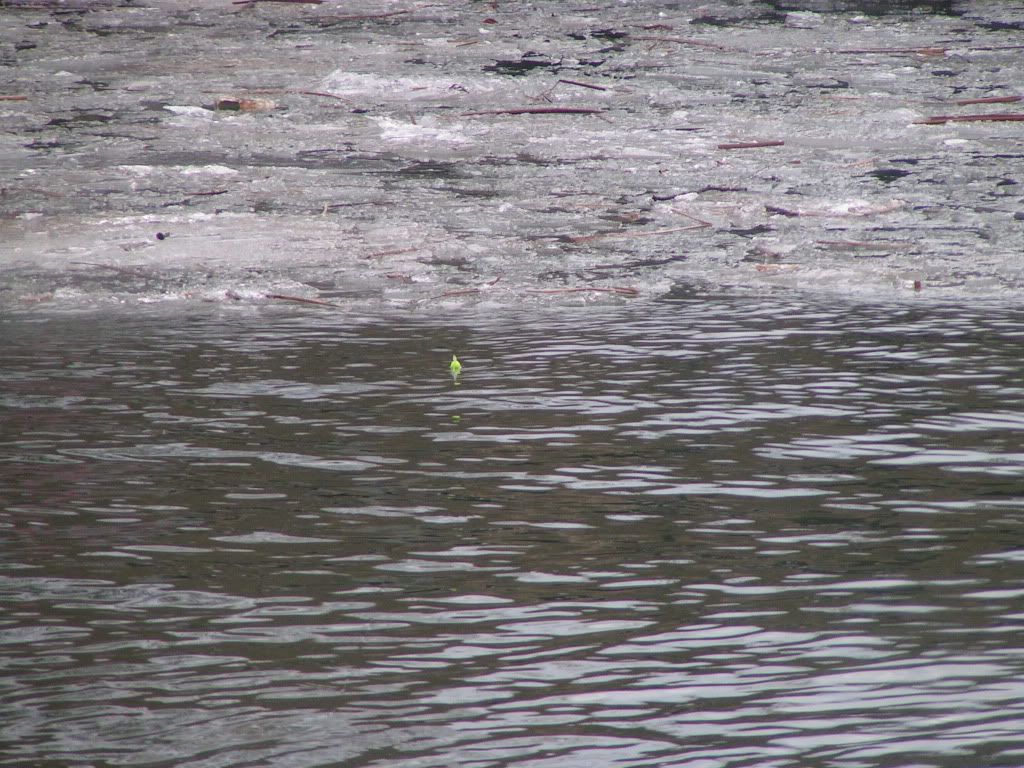
 The answer to this problem, initially, was the purchase of a new camera. Laura and I chose the Canon SX120 which was small enough, but with enough zoom to seemingly satisfy most of our requirements. It had a 10x zoom, like the Minolta, but had 10.1 megapixels (instead of 3.2) a really great macro, bigger video, and only needed 2 AA batteries to function (whereas the Z1 needed 4).
The answer to this problem, initially, was the purchase of a new camera. Laura and I chose the Canon SX120 which was small enough, but with enough zoom to seemingly satisfy most of our requirements. It had a 10x zoom, like the Minolta, but had 10.1 megapixels (instead of 3.2) a really great macro, bigger video, and only needed 2 AA batteries to function (whereas the Z1 needed 4). 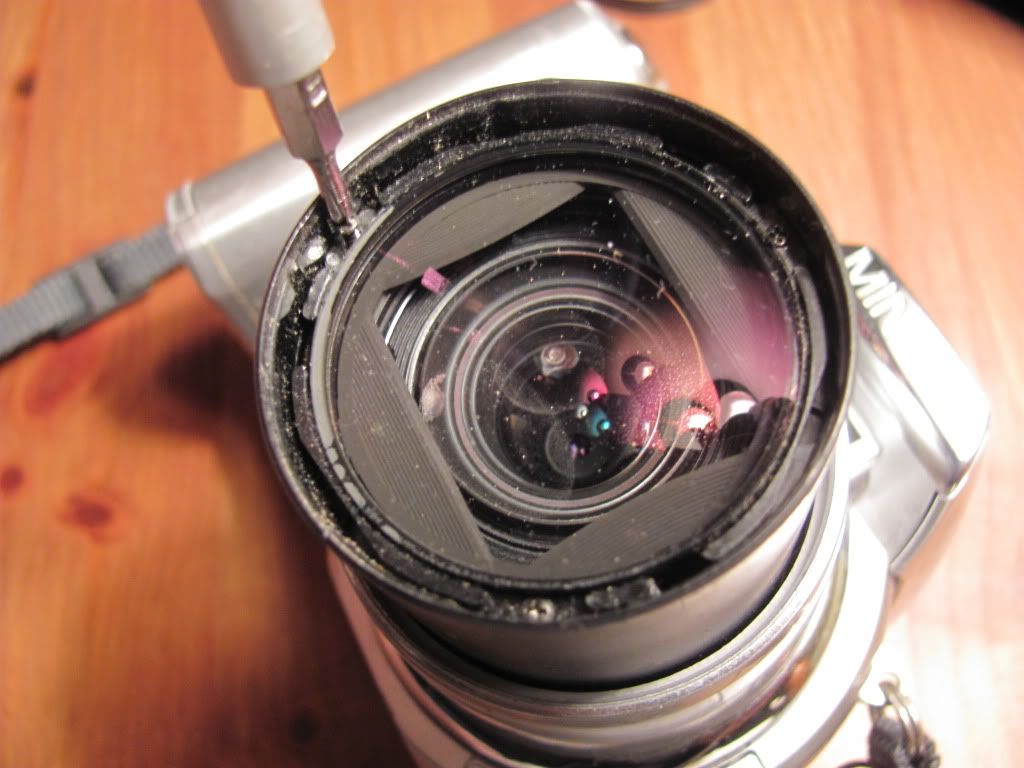
 But the Canon, as good as it was, lacked a little something. For one thing, it wasn't as fast as the Z1 - but it wasn't much slower. That wasn't it. The colours seemed ok, and the focus - the sheer clarity - was much better. But finally the problem was with light. Of all the things I didn't expect, it was that an old beat up relic, from a defunct manufacturer (Minolta long ago sold their digicam division to Sony), should beat a camera easily 8 years its junior in this most mundane of areas. Simply put, where the new Canon had a tendency to over expose, the Z1 had not; and where the Canon returned something as black, the Z1 usually had returned some kind of detail.
But the Canon, as good as it was, lacked a little something. For one thing, it wasn't as fast as the Z1 - but it wasn't much slower. That wasn't it. The colours seemed ok, and the focus - the sheer clarity - was much better. But finally the problem was with light. Of all the things I didn't expect, it was that an old beat up relic, from a defunct manufacturer (Minolta long ago sold their digicam division to Sony), should beat a camera easily 8 years its junior in this most mundane of areas. Simply put, where the new Canon had a tendency to over expose, the Z1 had not; and where the Canon returned something as black, the Z1 usually had returned some kind of detail. 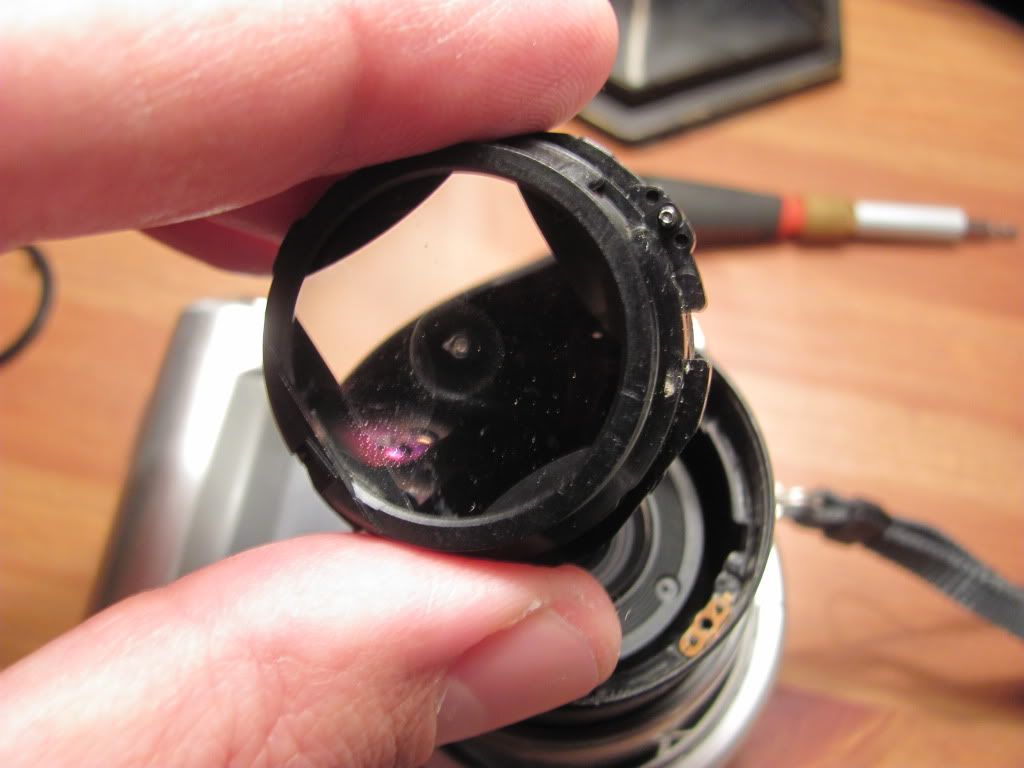 The dinosaur, despite its status as a relic (in technological terms), could handle a much wider range of light, in the same shot. There was a magic in the old piece which simply didn't exist in the new.
The dinosaur, despite its status as a relic (in technological terms), could handle a much wider range of light, in the same shot. There was a magic in the old piece which simply didn't exist in the new.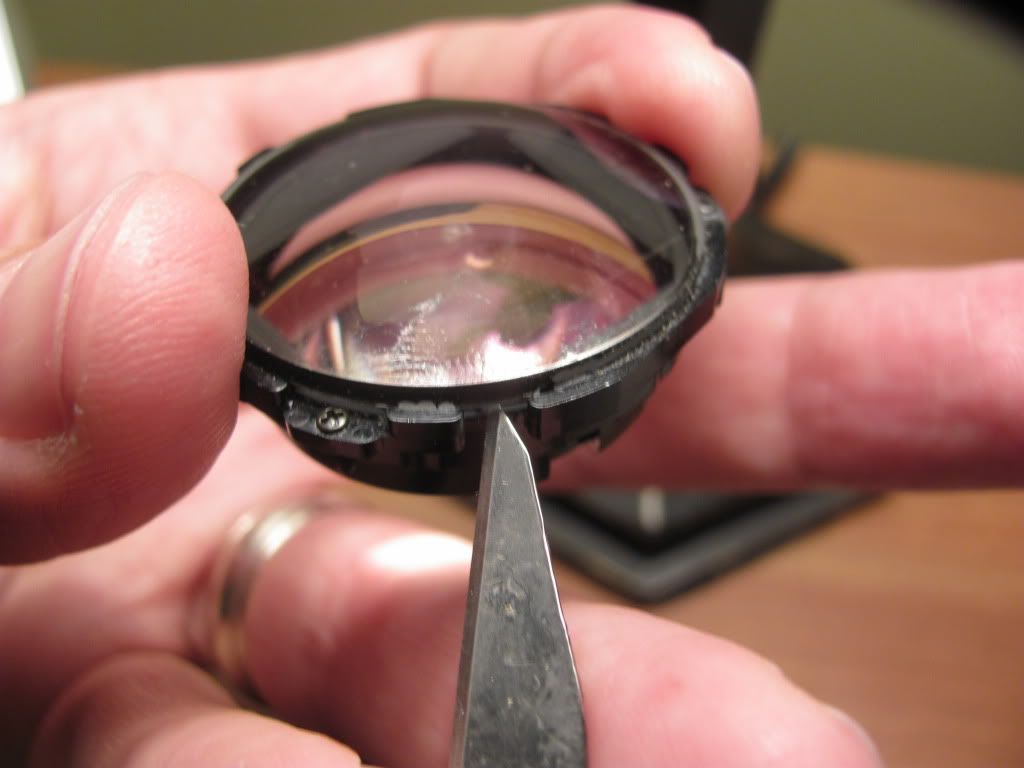 When we recently bought yet another new camera - this time a DSLR (which by the way is not allowed to go fishing...) - the time had come to risk taking the venerable Z1 apart, to see if I could get those water spots out and restore some of its former excellence. I had nothing to lose, and only an almost perfect fishing camera to gain.
When we recently bought yet another new camera - this time a DSLR (which by the way is not allowed to go fishing...) - the time had come to risk taking the venerable Z1 apart, to see if I could get those water spots out and restore some of its former excellence. I had nothing to lose, and only an almost perfect fishing camera to gain.  So, after finding a site that gave me a slight clue, I got to work. You can see the steps I took in the pictures on the right. It was a little bit painstaking and I nearly lost one of the screws, as well as two of the copper fittings you can see in the fourth picture. Laura's tweezers really came in handy, when the time came to put those pieces back in. You can also see that I had to pry the two lenses apart, once I had got them out - but I later accidentally found out that they were probably loose when originally manufactured and that it was likely that it was having fallen in the water a couple of times that had caused them to stick. By the same accident (dropping the camera in a parking lot) I also made the discovery that the little black, plastic ring (picture 2) needs to be put back properly, and you have to ensure that it really clicks back in.
So, after finding a site that gave me a slight clue, I got to work. You can see the steps I took in the pictures on the right. It was a little bit painstaking and I nearly lost one of the screws, as well as two of the copper fittings you can see in the fourth picture. Laura's tweezers really came in handy, when the time came to put those pieces back in. You can also see that I had to pry the two lenses apart, once I had got them out - but I later accidentally found out that they were probably loose when originally manufactured and that it was likely that it was having fallen in the water a couple of times that had caused them to stick. By the same accident (dropping the camera in a parking lot) I also made the discovery that the little black, plastic ring (picture 2) needs to be put back properly, and you have to ensure that it really clicks back in.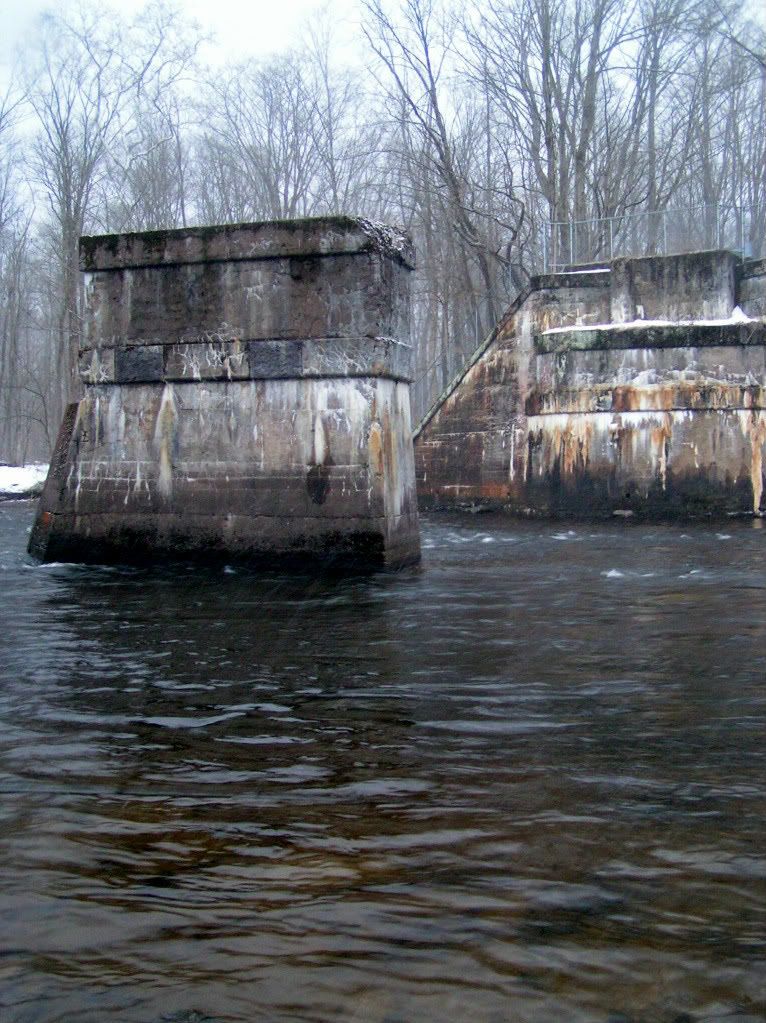 All in all, it was a successful operation and for the time being I have my favourite camera back. And already thanks to our mild winter - possibly the mildest on record, I've had a few opportunities to snap pictures with it. It felt like taking a walk with an old friend. With old friends, there are few surprises, and it never takes long to get reacquainted no matter how long we've been apart.;Already, the opportunities have yielded good material. But I look forward to some early spring or late winter forays to put her through her paces again and see what new sights we can come up with again.
All in all, it was a successful operation and for the time being I have my favourite camera back. And already thanks to our mild winter - possibly the mildest on record, I've had a few opportunities to snap pictures with it. It felt like taking a walk with an old friend. With old friends, there are few surprises, and it never takes long to get reacquainted no matter how long we've been apart.;Already, the opportunities have yielded good material. But I look forward to some early spring or late winter forays to put her through her paces again and see what new sights we can come up with again. Stay tuned!
